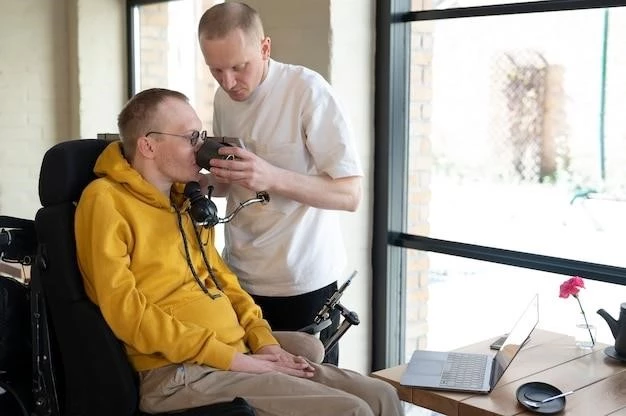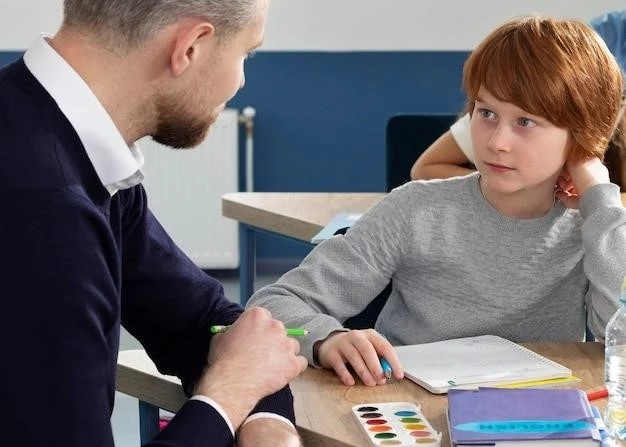The Schrander-Stumpel Theunissen Hulsmans Syndrome is a rare genetic disorder characterized by psychomotor retardation‚ cleft palate‚ and facial dysmorphism.
Definition and Characteristics
The Schrander-Stumpel Theunissen Hulsmans Syndrome is a rare genetic disorder that presents with a unique combination of features including vitiligo‚ psychomotor retardation‚ cleft palate‚ and facial dysmorphism. This syndrome is characterized by intellectual disability‚ developmental delays‚ and distinct facial features; Individuals with this syndrome may exhibit a range of physical and cognitive challenges requiring specialized care and management.
Symptoms of Dysmorphism-Cleft Palate Syndrome
Clinical features of Schrander-Stumpel Theunissen Hulsmans Syndrome include vitiligo‚ psychomotor retardation‚ cleft palate‚ and facial dysmorphism.
Psychomotor Retardation
Individuals with Schrander-Stumpel Theunissen Hulsmans Syndrome commonly experience psychomotor retardation‚ which manifests as delays in cognitive and motor development. This can impact daily functioning and may require specialized interventions and support.
Cleft Palate
Characterized by a gap or split in the roof of the mouth‚ cleft palate is a common feature of Schrander-Stumpel Theunissen Hulsmans Syndrome. This condition requires specialized care and may impact feeding and speech development.
Facial Dysmorphism
In Schrander-Stumpel Theunissen Hulsmans Syndrome‚ individuals may present with distinct facial features such as elongated face‚ high forehead‚ short palpebral fissures‚ and microphthalmia. These facial dysmorphic characteristics can vary and may impact overall appearance and functioning.

Diagnosis and Genetic Testing
Diagnosing Schrander-Stumpel Theunissen Hulsmans Syndrome involves clinical evaluation and genetic testing to confirm the presence of characteristic features such as vitiligo‚ psychomotor retardation‚ cleft palate‚ and facial dysmorphism.
Clinical Molecular Genetics Test
For individuals with Schrander-Stumpel Theunissen Hulsmans Syndrome‚ a clinical molecular genetics test may be recommended to confirm the genetic basis of the condition. This test involves analyzing the coding region to identify specific genetic variations associated with vitiligo‚ psychomotor retardation‚ cleft palate‚ and facial dysmorphism.
Additional rare disorders like Partial 16p Trisomy Syndrome and Bohring-Opitz Syndrome may exhibit psychomotor retardation‚ cleft palate‚ and facial dysmorphism.
Rare Disorders Associated with Psychomotor Retardation
Among the rare disorders linked to psychomotor retardation is Partial 16p Trisomy Syndrome‚ which can involve prenatal and postnatal growth deficiencies‚ cleft palate‚ facial dysmorphism‚ and sometimes heart and urogenital issues.
Bohring-Opitz Syndrome
Bohring-Opitz Syndrome is a rare condition characterized by intrauterine growth retardation‚ failure to thrive‚ and distinct facial dysmorphism. Individuals may experience a range of developmental and physical challenges‚ including facial features such as prominent metopic suture‚ low frontal hairline‚ and cleft lip and palate.
Ocular Features and Developmental Anomalies
Individuals affected by Schrander-Stumpel Theunissen Hulsmans Syndrome may present with downslanting lid fissures‚ widely spaced eyes‚ ptosis‚ sparse eyebrows‚ strabismus‚ and ocular apraxia.
Facial Dysmorphism at Birth
At birth‚ individuals with Schrander-Stumpel Theunissen Hulsmans Syndrome may exhibit downslanting lid fissures‚ widely spaced eyes‚ ptosis‚ sparse eyebrows‚ and facial features such as elongated face‚ high forehead‚ and microphthalmia.
Kabuki Syndrome and Its Relation to Vitiligo
Kabuki Syndrome‚ characterized by distinct facial dysmorphism‚ growth retardation‚ and psychomotor developmental delay‚ may have interesting links to vitiligo.
Characteristics of Kabuki Syndrome
Kabuki Syndrome typically presents with distinct facial dysmorphism‚ growth retardation‚ and psychomotor developmental delay. This syndrome may exhibit a wide range of physical and cognitive manifestations‚ requiring comprehensive management.

Surgical Interventions for Cleft Palate
Surgical repair of cleft palate requires highly specialized skills‚ typically performed by experienced facial plastic and reconstructive surgeons.
Specialized Skills Required
Performing surgical interventions for cleft palate necessitates highly specialized skills‚ particularly from experienced facial plastic and reconstructive surgeons. These professionals possess the expertise required to address the complexities associated with cleft palate repair.
Behavioral and Speech Implications in Individuals with Cleft Lip and Palate
Individuals with cleft lip and palate may experience behavioral problems and speech difficulties‚ necessitating professional intervention and support.
Prevalence of Behavioral Problems
Individuals with cleft lip and palate may face behavioral challenges‚ highlighting the importance of early detection and targeted interventions to address these issues effectively.
